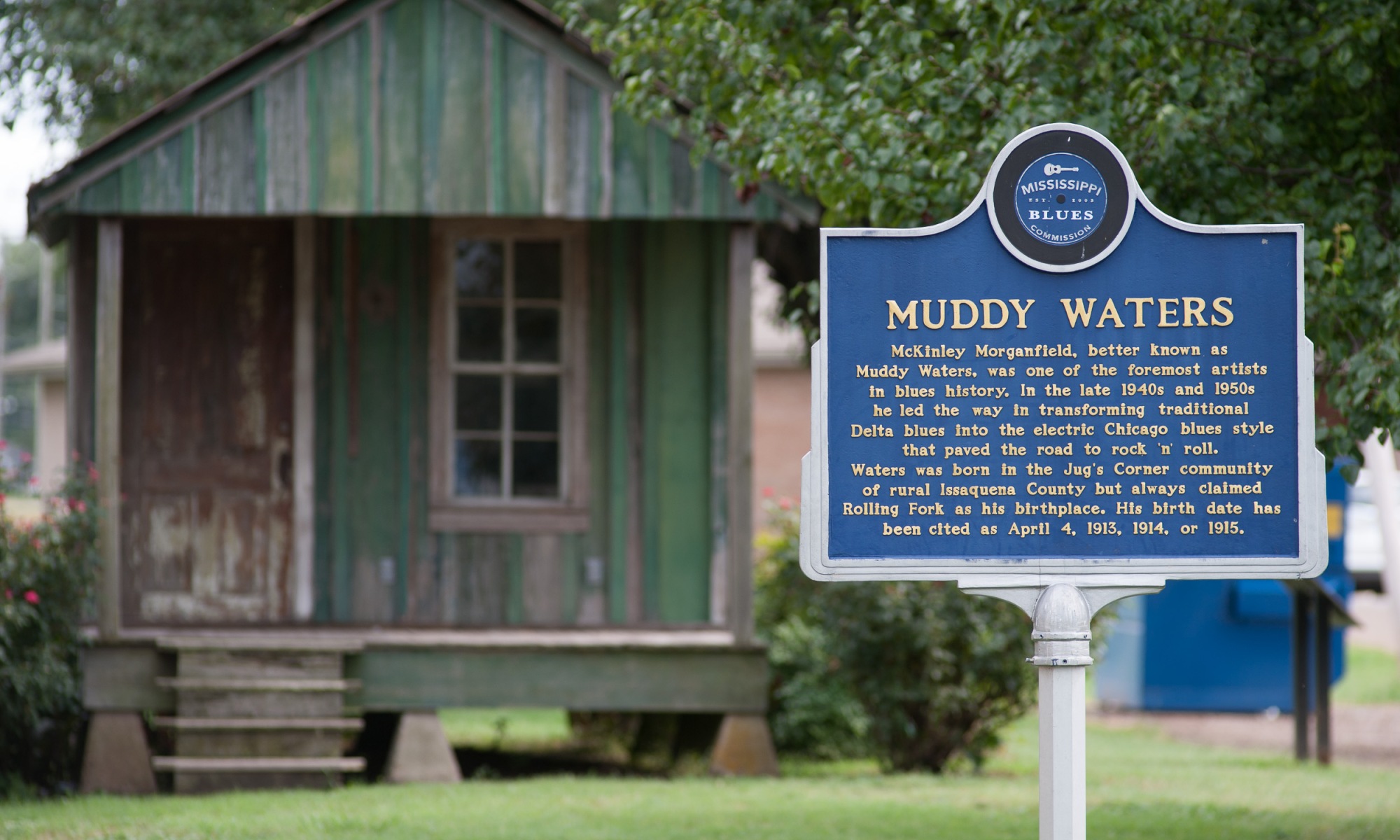Written by Dr. Charles R. Ciorba
Early Blues
The blues originated in America during the late 19thcentury, where its roots were established in the southern United Sates. Ma Rainey and WC Handy were just a couple of the early pioneers who helped formulate the musical style with which we are now familiar. Delta blues is one of the earliest representations of this art form. One of its signature sounds can be identified by the slide guitar technique. Originating in the Mississippi Delta, this style of blues was popularized by Robert Johnson. Popular folklore indicates he sold his soul to the devil at a local crossroad for commercial success as a musician. This is certainly an American myth, but please listen to the musical example below to familiarize yourself with Robert Johnson’s sound.
It is interesting to note the Delta blues inspired many rock musicians such as Eric Clapton (Cream) and Keith Richards (The Rolling Stones). In terms of copyright and royalties, there has been quite a bit of controversy surrounding their recordings of original blues songs. For example, the rock group Cream performed and recorded a version of Robert Johnson’s Crossroads, which turned out very popular for the group.
Electric Blues
During the great depression of the 1930s, many of the blues musicians from the southern United States moved to Chicago. It was there a new style of blues music was developed. While remaining closely aligned with the delta blues, the “Chicago blues” was performed by small combos with an electric sound. The bass and drums provided the steady pulse while the electric guitar became a solo instrument. The bars in the south side of the city provided the stage, and one of the great musicians from this era was Muddy Waters. Muddy moved to Chicago in 1943, where he met Big Bill Broonzy. He formed a band with Jimmy Rogers and made his first recordings with Chess Records. His music influenced many musicians, and by the 1970s, he was touring the United Sates and Europe.
John Lee Hooker is another famous blues musician from this era. He had a long career that spanned half a century. As the blues hit a mainstream audience in the second half of the twentieth century, he recorded and performed with many famous musicians. Early in his career he would record with a microphone near his foot. This created a very unique rhythmic feel. Give a listen to the recordings below. Upon first listen, it is very easy to make the connection between his early sound and that of many famous rock guitarists.
Hey, ‘s The House Rent Boogie.m4a
B.B. King’s blues musical style was much smoother than that of John Lee Hooker. One of his signature trademarks was the manner in which he would bend the notes on his guitar. He named his guitar “Lucille.” The origin of this name is unique. Early in his career, he was playing a gig in Arkansas. It was winter, and to keep warm, they would take a container that looked like a metal garbage can, filled it with kerosene, placed it in the middle of the dance floor, and lit it. One night, two men got into a fight, knocked over the can, and a fire broke out. B. B. King rushed back into the club to get his guitar and was nearly killed. Once he learned the two men were fighting over a woman named Lucille, he named all his guitars after her as a reminder to never take that kind of chance with his life. Below is a recording of B.B. King playing at Sing Sing. You will probably remember me posting this video in my Philosophy class, but the recording is so good, I decided to post it again. It is a wonderful performance and his connection with the audience is heartfelt.
Here is recording with a young Kenny Rogers introducing B. B. King performing one of his biggest hits.
Women and the Blues
Many women played an important role in the history of the blues. Bessie Smith was known as the Empress of the Blues. She began recording in 1923 and was known as someone who could stand up for themself. Bessie was a hard drinker and would never back down from a fight. It has been rumored that she once drove off members of the Klan who tried to protest one of her performances. Her influence in the field of the blues is undeniable, and Janice Joplin helped to finance a gravestone to be placed on her unmarked grave. Her vocal presence is remarkable.
Koko Taylor had a huge presence in the contemporary blues scene. In the 1970s, she recorded nine albums for Alligator Records. Eight of these albums were nominated for Grammy Awards. She won a Grammy for Best Traditional Blues Album in 1985. Personally, she is one of my favorite blues artists. Here is her take on a Muddy Waters tune.
Blues Rock
It can be argued that the blues helped to influence much of what occurred in the world of rock music. The Rolling Stones, Eric Clapton, Jimi Hendrix, Janice Joplin, Johnny Winter, ZZ Top, Stevie Ray Vaughan… the list can go on and on of famous rock musicians who were influenced by the blues. Here are a couple of my favorite examples. The Jimi Hendrix cover of Albert King’s Born Under a Bad Sign is taken from my own personal CD collection. This is what “jamming” is all about. The second example is Stevie Ray Vaughan performing a cover of Voodoo Chile by Jimi Hendrix. Listen to the blues influence demonstrated by this gifted guitarist. Finally, I’ve included a recording of Janice Joplin at Woodstock. I find it to be a wonderfully haunting performance.
Jimi Hendrix: Born Under A Bad Sign.m4a
Like all other musical art forms, the blues reflects a rich and colorful history. It offers a wide creative palate for music educators, as the music can be addressed in vocal and instrumental classrooms. While we are only lightly touching the surface of the blues in this unit, I hope it can provide some inspiration for all of you. Let’s end with a little blues inspired rock and roll!

